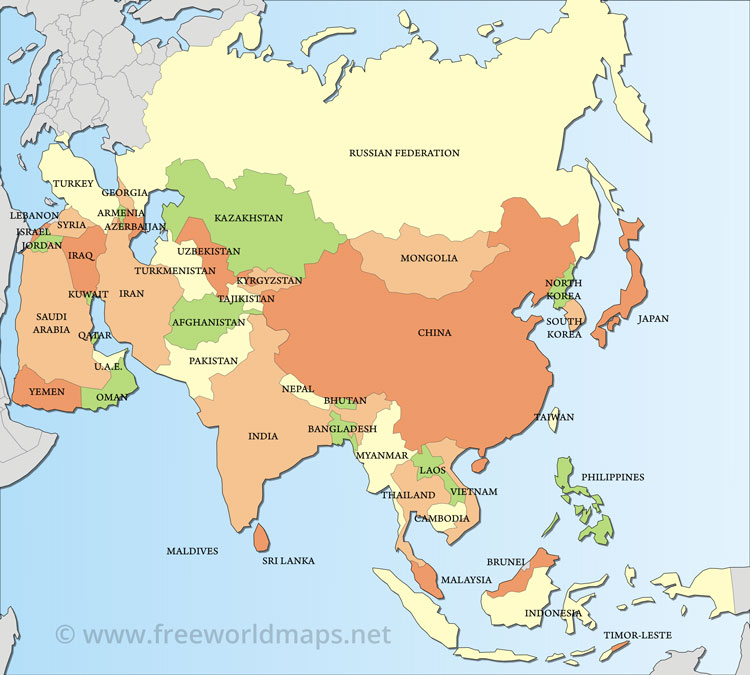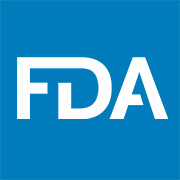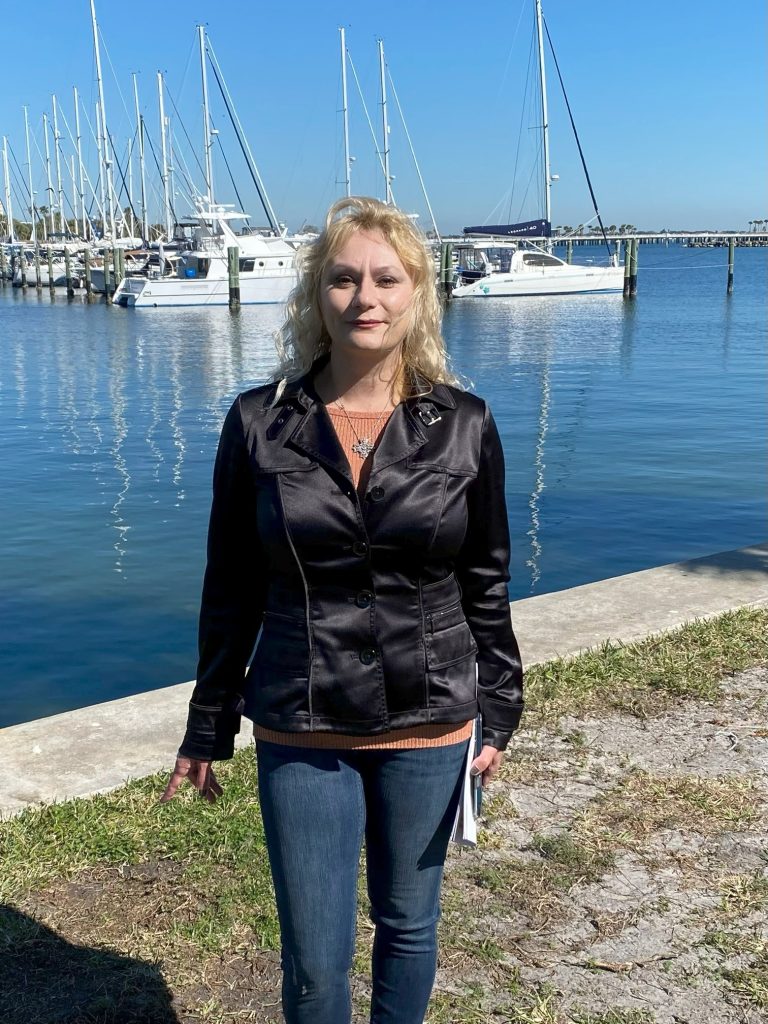
The delicious convenience of shrimp has made it a staple in American kitchens. However, over 90% of the shrimp consumed in the U.S. is being imported. There is a growing number of consumers who are concerned about what might be lurking in their seafood. From antibiotics to an alarming recent discovery of radioactive material, the safety of imported shrimp is a hot topic.

The Contamination Concerns: Antibiotics and Radiation
Food safety experts have long raised alarms about the widespread use of antibiotics in foreign shrimp farming. Countries like India and Vietnam have been repeatedly cited for using banned antibiotics in their aquaculture. These drugs, while effective in preventing disease in crowded shrimp farms, can lead to antibiotic-resistant bacteria. This is creating a significant public health threat.

(Photo Courtesy of AP)
A more recent and unsettling concern is radioactive contamination. The U.S. Food and Drug Administration (FDA) and U.S. Customs and Border Protection (CBP) have recently detected Cesium-137 (Cs-137), a radioactive isotope, in shipping containers. It has also shown up in samples of frozen shrimp from an Indonesian firm. While the levels detected were below the FDA’s threshold for an immediate health hazard, long-term exposure to Cs-137, even at low doses, can increase the risk of cancer.
Countries Under Scrutiny

Multiple countries have faced scrutiny for contaminated shrimp. When it comes to antibiotics, reports from the FDA, European Union, and Japan consistently point to India and Vietnam as the top offenders. Other countries, including China, Bangladesh, Ecuador, and Thailand, have also had shipments rejected due to antibiotic residues.
The recent radioactive contamination issue is currently focused on an Indonesian company, PT. Bahari Makmur Sejati, also known as BMS Foods. The company’s products have been placed on an FDA import alert. It has effectively banned further shipments from them until the issue is resolved.
What Is the Food Administration Doing to Prevent Sickness?
The FDA is the primary line of defense for U.S. consumers.

Here’s how they’re working to prevent contaminated shrimp from reaching your plate:
* Import Alerts: The FDA can issue Import Alerts, which place products from a specific firm or even an entire country on a “red list.” This allows for the detention of future shipments without physical examination, effectively halting their entry into the U.S.
* Enhanced Surveillance and Testing: The FDA, in collaboration with CBP, conducts targeted testing of imported food products. The recent discovery of Cesium-137 in shrimp from Indonesia was a result of this enhanced surveillance.
* Recalls and Public Advisories: When contaminated products are found to have entered U.S. commerce, the FDA works with distributors and retailers to issue voluntary recalls. They also release public advisories to alert consumers and provide guidance on what to do with the affected products.
* International Cooperation: The FDA is actively working with food regulatory authorities in countries like Indonesia to investigate the root cause of contamination and ensure corrective actions are taken.
While the FDA’s efforts are crucial, the sheer volume of imported shrimp—over 1.5 billion pounds annually—means that only a small percentage can be inspected. This highlights the importance of consumer awareness and the ongoing need for improved food safety standards worldwide.
MUST READS
The Looming Data Shortage and the Quest for New Information – News Talk Florida
Florida Is Losing Folks – News Talk Florida

Viorica Bruni Editor Athletica Sports Web Publication
Content Creator Collective Audience Media





